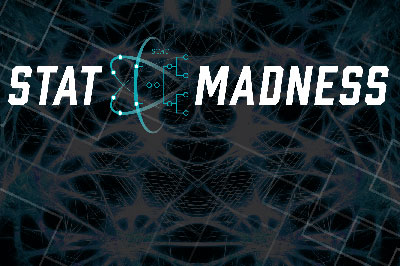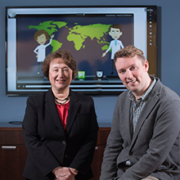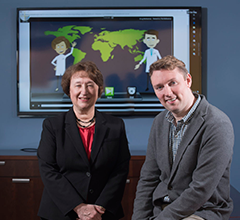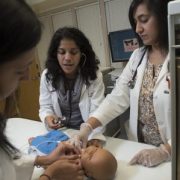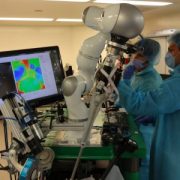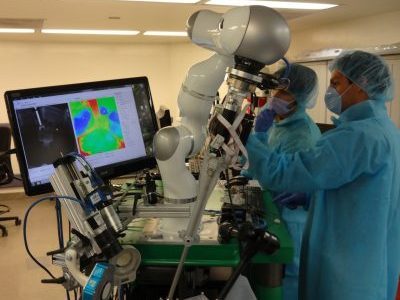Innovative care using health IT lands Children’s National a 2017 HIMSS Enterprise Davies Award

A new diagnostic tool led by Shireen Atabaki, M.D., M.P.H., helps prescribers determine if CT scans are necessary for children with head injuries through a checklist protocol.
Opportunities to improve the lives of children are increasingly found at the intersection of health and technology, a sweet spot for enhancing care in today’s connected world. A team of experts at Children’s National Health System launched several initiatives using health information technology to improve care delivery, earning the institution the prestigious 2017 HIMSS Enterprise Davies Award. Recognizing outstanding achievements of organizations that have utilized health IT to significantly improve patient outcomes while also achieving a return on investment, Children’s National received the award based on three case studies in particular:
- Decreasing use of CAT scans by 44 percent – A new diagnostic tool led by Shireen Atabaki, M.D., M.P.H., emergency medicine specialist, incorporated into the electronic health record helps prescribers determine if CT scans are necessary for children with head injuries through a checklist protocol. The new tool reduced the rate of CT scan utilization by 44 percent – decreasing unnecessary radiation exposure for children and resulting in first-year cost savings of more than $875,000.
- Innovative unit-based quality boards – These electronic boards provide health care teams and families with real-time quality and safety information. By having patient information readily available in one location, the boards improved medication reconciliation by 13 percent, decreased the time to patient consent by 49 percent, and reduced duration of urinary catheters by 11 percent.
- Improved clinician documentation – To improve outcomes and reduce costs,
Children’s National transitioned from dictation/transcription-driven notes to electronic/voice recognition notes in ambulatory specialty clinics. This allowed for the immediate availability of notes to all care providers and a significant reduction in transcription costs.
These initiatives demonstrate the life-changing quality and safety efforts under way at Children’s National that put patient safety first. Brian Jacobs, M.D., vice president, chief medical information officer and chief information officer, accepted the award on behalf of Children’s National at the HIMSS Awards gala at the Wynn in Las Vegas in March.




